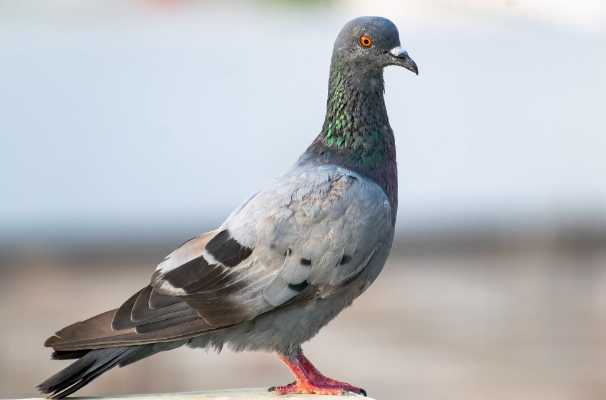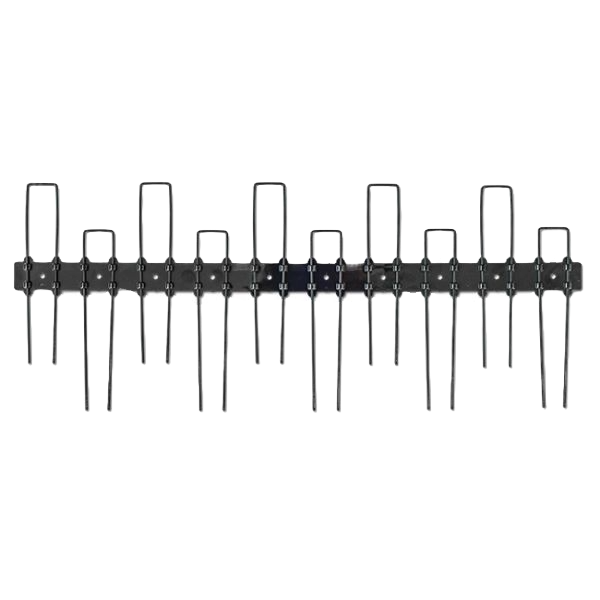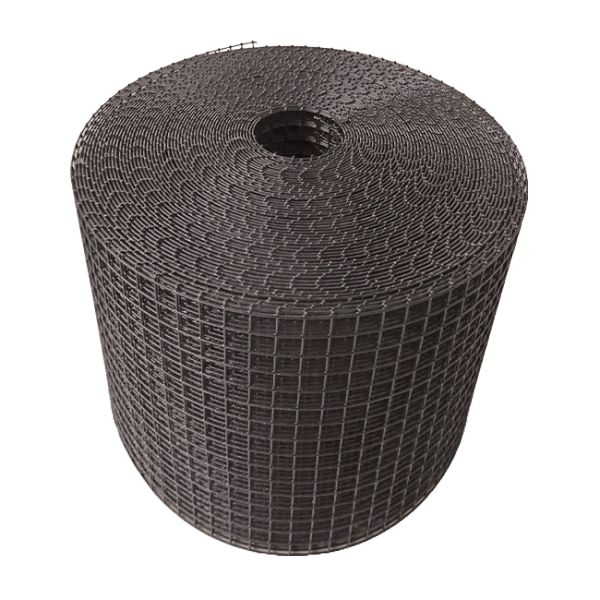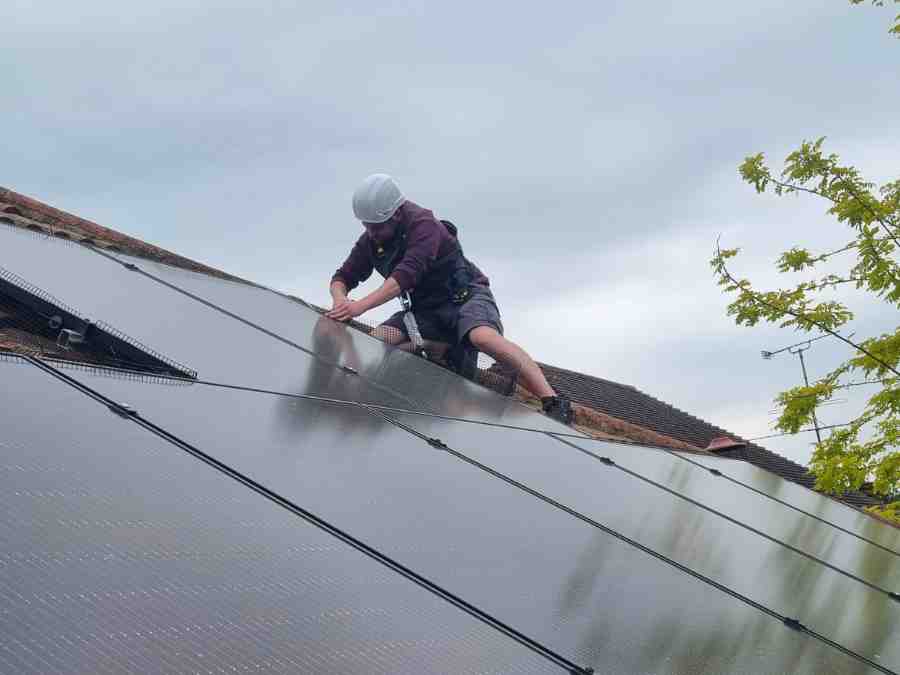Discover why pigeons are drawn to nesting under solar panels and the damage their presence can cause.
Learn preventative steps to protect your solar investment

A Pigeon’s Favourite Home
Pigeons love solar panels for two primary reasons: safety and shelter. The elevated and enclosed space beneath solar panels provides a safe refuge, protecting pigeons from predators such as cats and birds of prey. Solar panels also offer excellent shelter from the elements. The panels function like a roof, protecting the birds from harsh weather conditions and excessive sunlight. Altogether, panels provide pigeons with an ideal home to raise their young.
Further, pigeons are opportunistic feeders and often choose nesting sites near people’s homes, where food sources are readily available. Solar panels in areas with a large human population provide easy access to these supplies, making them ideal homes.
Pigeons Move In
The first thing you may notice when pigeons set up home behind your solar panels is the noise and the unsightly mess. The constant cooing and scratching can be disruptive, and the buildup of droppings, feathers and nesting material can be more than just a minor nuisance.
However, the issues caused by pigeons do not stop there: they can also inflict significant damage on your solar panels and property. Their pecking and scratching can damage the surface of the panels. Even minor scratches can reduce the efficiency of the panels, which, over time, may necessitate costly replacement. Efficiency can be reduced further by their droppings blocking off the sunlight. The acidic nature of these droppings can also be corrosive to roofing materials.
There is also the fire hazard to consider. Pigeons often build nests using flammable materials such as twigs, straw, and feathers. If these nests come into contact with the electrical wiring behind the solar panels, they can pose a significant fire risk.
Finally, there is the health hazard. Pigeon droppings often carry harmful bacteria and viruses such as Salmonella, E. coli, and Histoplasmosis.
Oh. And pigeons will return to the same place to nest year after year. Moreover, new generations hatched under the panels will learn to do the same. The problem will not solve itself!
Pigeon Eviction
The above factors highlight the importance of protecting your solar panels from pigeons. But how?
Solar panels on new builds can be built into the roof structure, preventing pigeons from becoming pests. However, with panels installed on top of an existing roof structure, there is typically a ventilation gap of around 10cm between the panels and the roof tiles. To prevent pigeons from occupying this space it is necessary to fit proofing mesh around the perimeter of the entire solar panel installation.
Pigeon-proofing mesh is manufactured using long-lasting galvanised steel with a PVC coating. It can take two forms, each with its distinct advantages
Solar Guard
Solar Guard boasts an aesthetically pleasing installation with its smaller footprint, making it less visible at ground level. Spiked strips, bonded with a secure adhesive, run along the edge of each panel. A key feature of Solar Guard is the individual pins, which, when raised, allow easy access to the underside of the panel for servicing and maintenance.
Solar Guard comes in various sizes to precisely fit the side of the panel, with the pins adjusted to meet the roof’s contours.

Mesh with Clips
Mesh with Clips is the most cost-effective solution suitable for solar panels with a lip. This continuous mesh is placed around the edge of the installation and securely fastened with specially designed clips.
The mesh also provides excellent protection against small birds, such as starlings.

Installing Solar Panel Mesh
Safety is the primary consideration when installing solar panel mesh. Working from height can be extremely dangerous and should only be undertaken by an experienced professional.
The installation professional will assess whether the roof can be safely accessed using ladders or whether scaffolding is required. The decision process will typically involve
- The height of the panels above ground
- The pitch of the roof
- The type and condition of the roof tiles
- The accessibility of the roof and any obstructions
Depending on access, an experienced professional will take 2 to 4 hours to install mesh around a typical 10-panel array.
Artemis Pest Services
Artemis Pest Services is one of the leading installers of solar panel mesh (netting) in Berkshire and surrounding counties. Working from ladders, where it is safe to do so, they provide a cost-effective solution to the problems caused by pigeons nesting behind solar panels.
In 2023, Artemis Pest Services installed protective mesh on more than 50 solar panel arrays, including commercial and residential properties. This achievement translates to securing approximately 400 individual panels and using an impressive 1 km of our specifically designed solar mesh.


